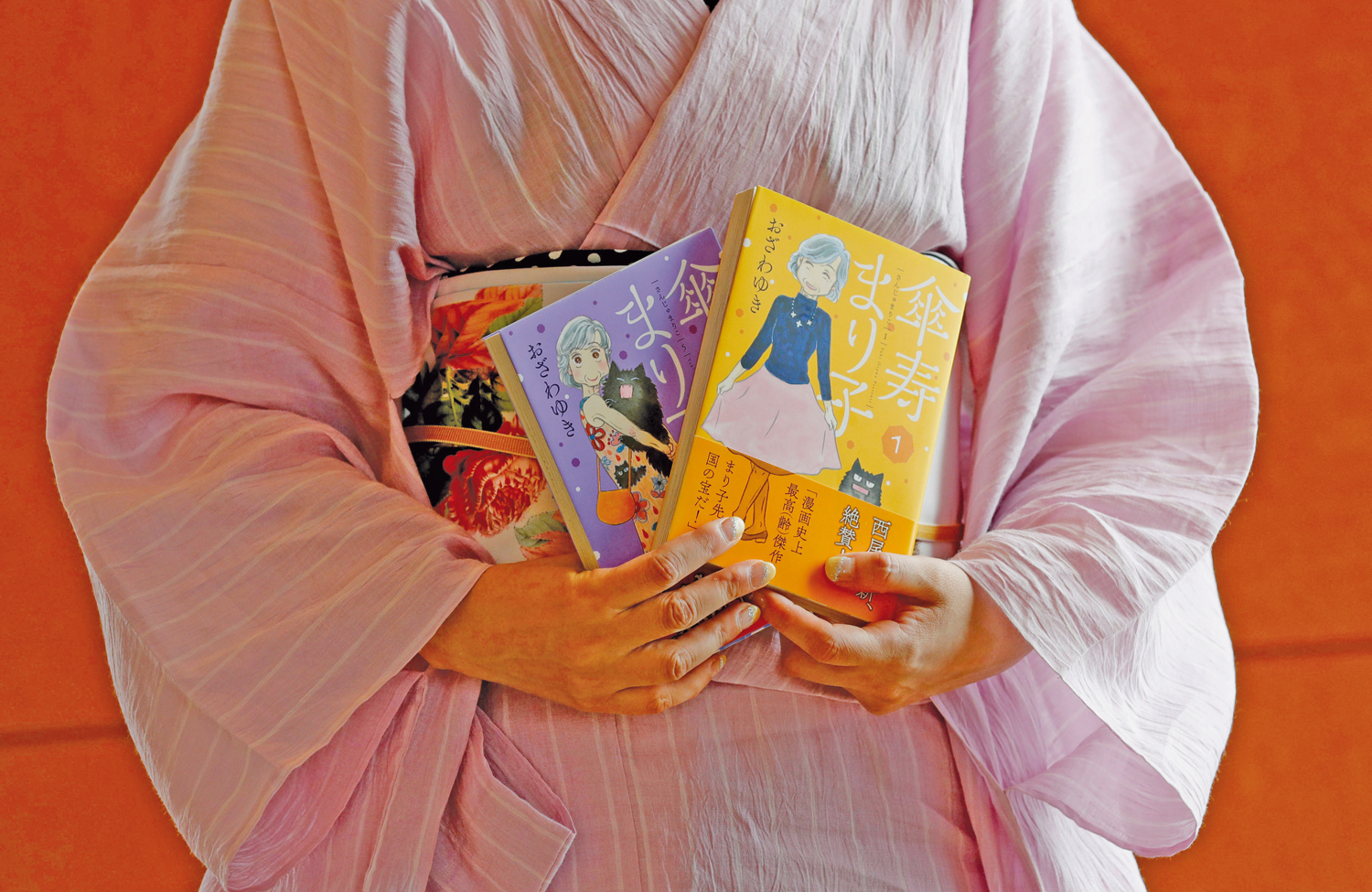

Japan’s graying population is changing the character of its beloved manga comics, spawning a new genre in which the elderly aren’t pitiable oldsters but protagonists making discoveries, finding friends among other things. Demand for stories focused on the elderly has grown alongside their audience: 27.7 percent of Japanese are older than 65, up from 21.5 percent just a decade ago. Readership cuts across society, the publishers say, from retirees looking for plots they identify with to younger Japanese watching their nation age, with growing concern about their later years.
“Different social problems and concerns rise up as opposed to when society is centered around young people, and manga that show the reality of an aging society are in demand from both readers and writers,” said Kaoru Endo, a sociology professor at Tokyo’s Gakushuin University.
Manga, both print and digital, pulled in 430 billion yen ($3.81 billion) in 2017, according to the Research Institute for Publications. They’re ubiquitous in daily life, showing up everywhere from crowded subways to coffee shops and waiting rooms.
Although no public data exists on the market share for senior-focused manga, the genre is clearly growing. Eight of the 11 most popular such works, according to industry insiders, started publication after 2014. Three were in 2017 and 2018.
“The over-60 generation - in whose youth manga gained wide acceptance - have loved manga since they were kids,” Endo said.
Yuki Ozawa, illustrator of “Sanju Mariko,” about an 80-year-old widow who sneaks out of her crowded family home to live on her own and write, thinks escapism plays a big role too.
“When you watch news about aging, there are so many dark, serious topics. It makes people anxious,” she shared.
“There are also a lot of people who are single, who probably will never marry and always live alone, and when they’re feeling gloomy they read Mariko and feel as if they’ve seen a ray of light,” she said.
Virtually no topic has escaped manga since the medium took off about 50 years ago. There have even been manga on the 2011 earthquake and tsunami, including the Fukushima meltdown.
Elderly characters, though, were mostly peripheral: a loving grandma, somebody needing nursing care, a venerable sage.
Manga that did star the elderly, like an early ‘90s series about an aged heavy metal band, didn’t always treat them as normal people.
“Seniors were there, but with an element of surprise. He might be an old man but he’s really smart, a weird superhero,” said Natsuki Nagata, an assistant sociology professor at Hyogo University of Teacher Education in the western city of Kobe. “It was if they were a different species.”
But recent examples, such as Kaori Tsurutani’s “Metamorphoze no Engawa” (Veranda Metamorphosis), bring a more human touch.
Characters are “being illustrated in a way that feels closer to reality,” said Tsurutani, 36, who said memories of her late grandmother inform her work.
CHALLENGING SUBJECT
Some manga in the genre use pure fantasy to attract readers while still touching on the often grim reality of elderly issues.
One series features a septuagenarian couple becoming parents, while in another an elderly woman and a teenage girl switch bodies.
“There are certainly a lot of social problems involving the elderly, and they’re very serious,” said Ozawa, whose Mariko has no health issues and a steady income - uncommon even in a nation with vigorous seniors. “But to write just about that means readers will only pay attention to the social issues, and it’ll be a bit depressing.”
Illustrator Kenshi Hirokane, whose “Kosaku Shima” series about a businessman has run since 1983, shows its hero rise from section chief to chairman of his electronics firm, aging realistically over the years.
Hirokane in 1995 also launched “Like Shooting Stars in the Twilight,” one of the earliest senior-centered manga. A drama of older peoples’ lives and loves, it also includes some hot sex scenes.
“I wanted to write about ordinary men and women having an ordinary love,” the 71-year-old Hirokane said of the series. “Readers want topics that are close to them.”
Hirokane’s prize-winning series now has 58 volumes.
“As many people age, they lose their dreams and hopes, they think there’s nothing more they can do. No, it’s not like that at all - you can still fall in love, you can still do lots of things,” he told Reuters in his western Tokyo studio. — Reuters
Oman Observer is now on the WhatsApp channel. Click here



